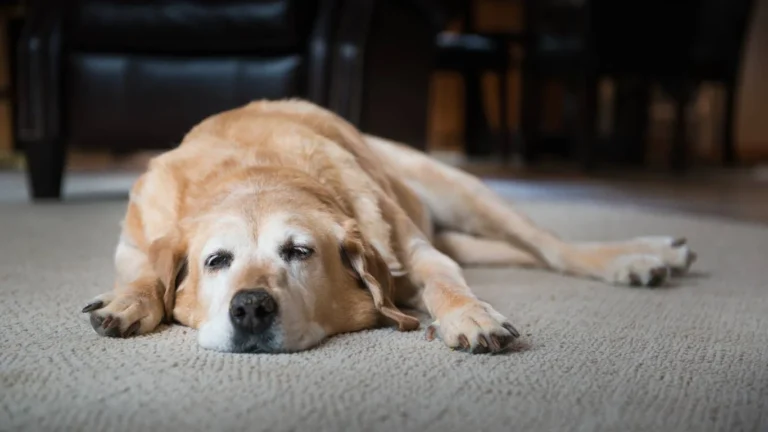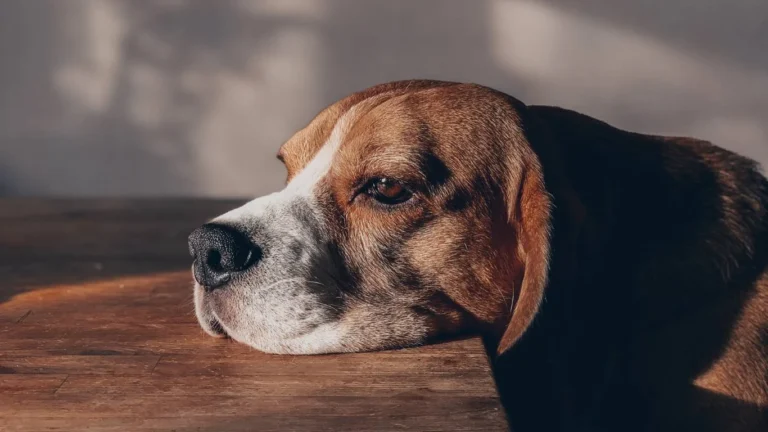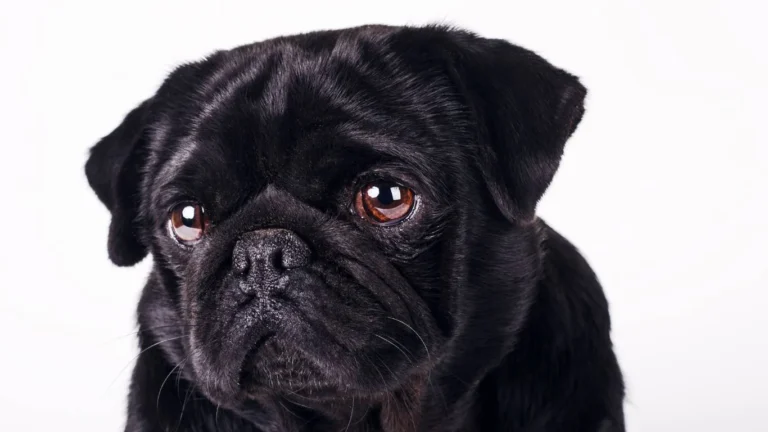How to Tell If Your Dog Has Dental Disease: Early Signs You Must Know
If you’re anything like me, a veterinary assistant who’s seen way too many pups with stinky breath and sore gums, you’ve probably wondered how to tell if your dog has dental disease. It’s honestly more common than most pet parents think. I can’t tell you how many dogs I’ve helped where the owners had no idea their fur baby was suffering until things got really bad. So, let’s talk real for a second—dental disease in dogs isn’t just about bad breath. It’s a health issue that can spiral fast if you don’t know the signs. And trust me, once you’ve seen a pup struggle to eat because of inflamed gums or an infected tooth, you won’t look at your dog’s mouth the same way again.
Why Dental Health in Dogs Is a Big Deal

I’ve had countless conversations in exam rooms that start with, “He’s just not eating like he used to,” or “She’s pawing at her face a lot lately.” Most people don’t realize that up to 80% of dogs over the age of three have some form of dental disease. That statistic alone is enough to make you grab a toothbrush and peek into your dog’s mouth right now. But here’s the catch: dogs are masters at hiding pain. It’s in their DNA. So even if your dog seems “fine,” there might be something brewing beneath the surface.
It’s Not Just About the Teeth
One of the biggest myths I hear is that dental disease only affects the mouth. But nope—not even close. Left untreated, the bacteria from periodontal disease can actually enter your dog’s bloodstream and affect their heart, kidneys, and liver. That’s why early detection is so key. We’re not just talking about avoiding extractions or keeping their breath fresh (although that’s a nice bonus). We’re talking about adding years to your pup’s life.
How to Tell If Your Dog Has Dental Disease
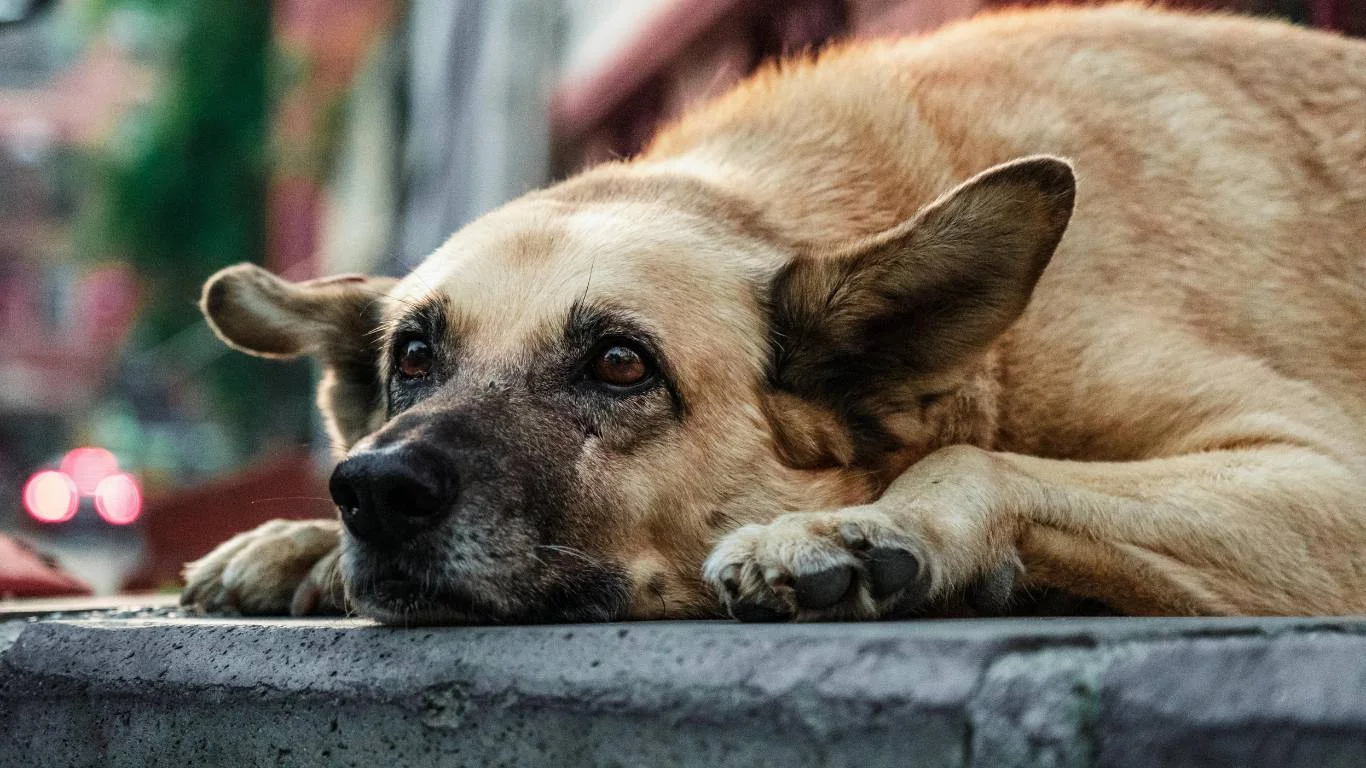
Now let’s get into the nitty-gritty. I’ll break down some of the most common signs I’ve seen in the clinic—both the obvious and the sneaky ones. Here’s what to watch for:
1. Bad Breath (It’s Not Just “Dog Breath”)
This is usually the first red flag. If your dog’s breath could knock you over from across the room, it’s probably not normal. While a little odor is expected, especially after meals, chronic bad breath could mean bacteria is building up in the mouth. I always tell clients: If your dog’s kisses make you gag, it’s time for a dental check.
2. Red or Bleeding Gums
Healthy gums should be pink, not red, inflamed, or bleeding. I remember one sweet Labrador named Daisy—her owners thought she was just getting older and didn’t want to chew her toys anymore. Turns out, her gums were so sore she winced at anything tough. A quick lift of the lip can tell you a lot. If your dog’s gums look angry, that’s your cue.
3. Yellow or Brown Tartar Build-Up
Tartar is that hardened gunk that sticks to the teeth like cement. And once it’s there, brushing alone won’t cut it. You’ll need a professional cleaning. Some small breeds, like Chihuahuas and Yorkies, are particularly prone to plaque and tartar. I used to work with a schnauzer that came in every 6 months for cleanings—it made a huge difference in preventing major issues.
4. Dropping Food or Chewing on One Side
This is one of those subtle signs people often miss. If your dog is suddenly messy when eating, or seems to favor one side of the mouth, pain might be the reason. It could be a cracked tooth, infected gum, or even something lodged in there. If you notice food falling out or half-chewed kibble, it’s worth investigating.
5. Pawing at the Mouth or Face
Dogs can’t say, “Hey, my tooth hurts,” so they use body language. Pawing at the face, rubbing it against the carpet, or even whining while chewing can all be signs of oral discomfort. One case that stands out to me was a golden retriever named Max who kept rubbing his face on the couch. Turned out, he had a rotten molar buried in plaque. Poor guy must’ve been miserable for weeks.
6. Loose or Missing Teeth
By the time teeth are falling out, the dental disease is pretty advanced. If you find a tooth on the floor, or your vet points out loose teeth during a check-up, that’s a sign that infection has already damaged the structures holding the teeth in place. Don’t wait until it gets to this stage—earlier is always better.
What Causes Dental Disease in Dogs?

Okay, so what gets us here in the first place? It’s not just about brushing (although that helps a lot!). Dental disease usually starts with plaque—a soft film of bacteria that forms on the teeth. If not removed, it hardens into tartar, which leads to gum irritation and eventually periodontal disease. Here are a few of the usual suspects:
- Diet: Wet food tends to stick to teeth more than dry kibble.
- Breed: Small breeds often have crowded teeth, making them more prone to plaque buildup.
- Age: Older dogs are naturally more susceptible to dental problems.
- Genetics: Just like people, some dogs are just more prone to dental issues.
- Lack of dental care: If you’ve never brushed your dog’s teeth or scheduled a cleaning, things can go south fast.
Honestly, one of the biggest game-changers is simply looking inside your dog’s mouth regularly. You’d be surprised what you might find just by lifting that lip. I always tell pet parents: get nosy. It could save your pup a lot of pain—and save you from a hefty vet bill down the road.
How to Prevent Dental Disease in Dogs
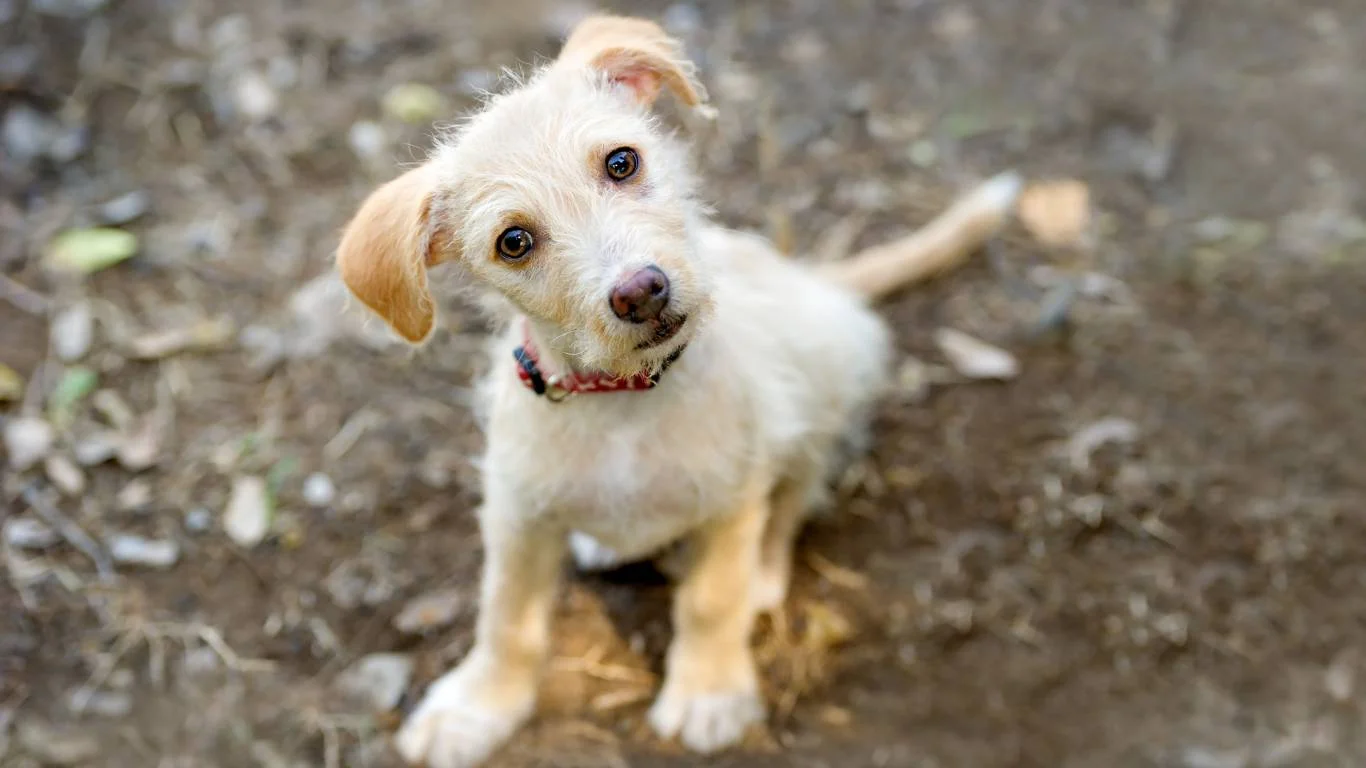
Alright, now that we’ve covered the signs of dental disease, let’s shift gears a bit. Prevention is always better than treatment, right? You wouldn’t let your dog skip their annual check-up at the vet, so why would you skip dental care? I know, I know—brushing your dog’s teeth might not be high on your to-do list. But trust me, a little effort here can save your dog from a lot of pain down the road. And it doesn’t have to be a huge ordeal. Let’s talk about some easy and practical ways you can keep your pup’s teeth in tip-top shape.
Brushing Your Dog’s Teeth: Yes, It’s Possible!
When I first started as a veterinary assistant, I was shocked to hear how many pet owners had never brushed their dog’s teeth. I totally get it—who has time for that? But the reality is, brushing is the gold standard for preventing dental disease. Think about it: we brush our teeth every day to keep cavities at bay. Why wouldn’t we do the same for our dogs?
If you’re feeling hesitant, don’t worry—you’re not alone! I’ve had clients who were nervous at first, but with a little patience and the right tools, brushing becomes a part of the routine. Start slow, with just a few strokes a day, and gradually work up to brushing the whole mouth. You can use special dog toothpaste (never use human toothpaste—yuck!) and a soft-bristled toothbrush made for dogs. Some dogs even get used to it surprisingly fast, and before you know it, you’ll both be pros at it!
Chew Toys and Dental Chews
If brushing sounds like too much work (I get it!), there are still ways to help keep your dog’s teeth cleaner. Chew toys and dental chews are an easy addition to your dog’s daily routine. These toys aren’t just for fun; they can help scrape off plaque and tartar while your dog is busy chewing away. In fact, I’ve seen dogs with a serious tartar buildup improve simply by adding a high-quality chew toy to their lives.
Some dental chews are specifically designed to target tartar and plaque buildup, so look for products that are vet-approved. I always suggest checking the label for safety, too—avoid anything too hard that could potentially crack your dog’s teeth. And remember, chewing isn’t just for dental health—it’s also a great way to relieve stress and anxiety for many dogs. Win-win!
Regular Vet Check-Ups and Professional Cleanings
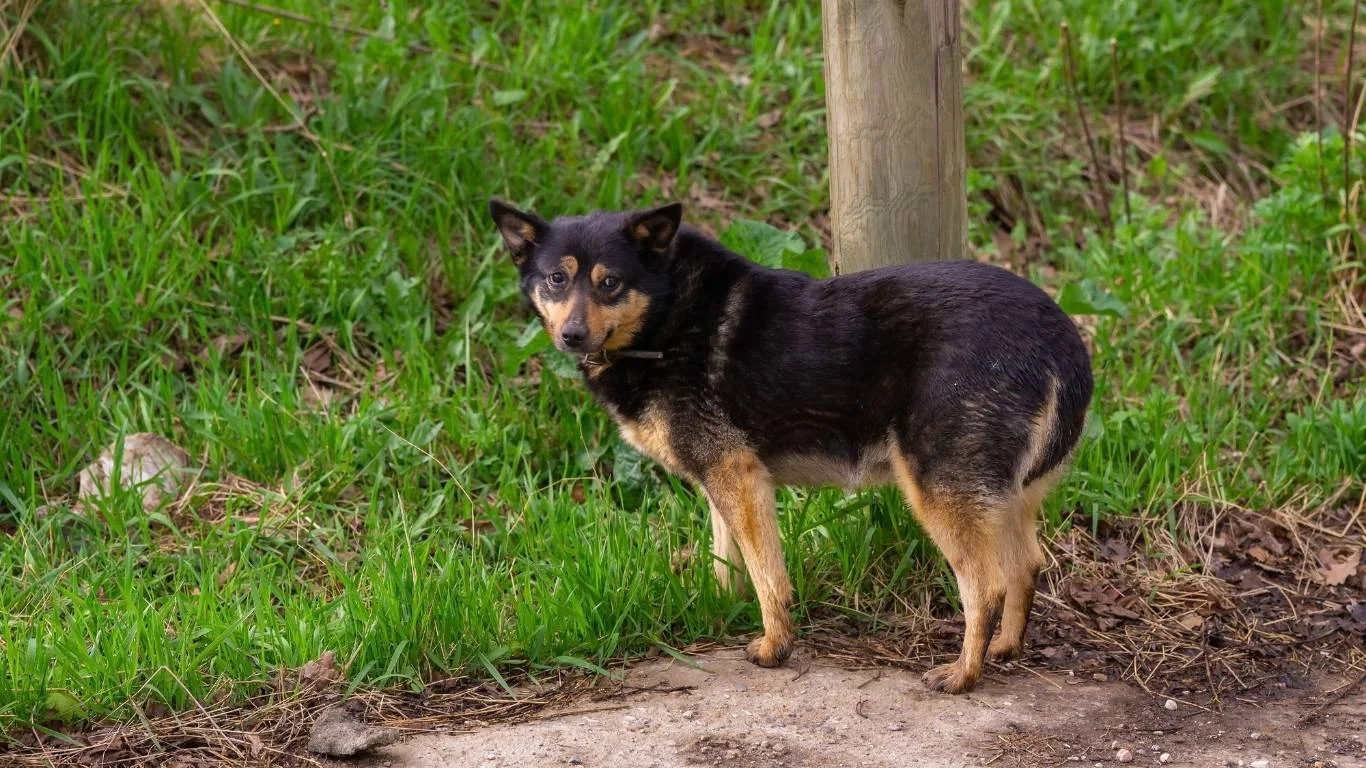
While at-home care is vital, professional vet care is just as important in keeping your dog’s teeth healthy. I always recommend scheduling an annual check-up, and that includes a thorough dental exam. This is where your vet will really get in there to check for things you might not notice, like tartar under the gumline or even hidden infections. In some cases, the vet may recommend a professional cleaning. It’s not just about polishing the teeth; it’s about preventing serious problems from getting worse.
Now, I know the thought of putting your dog under anesthesia for a cleaning might sound a little scary, but it’s often necessary to get the job done right. After all, no one wants a pup waking up mid-cleaning. Professional cleanings remove tartar and plaque that can’t be tackled with a toothbrush or chew toy. Plus, it gives the vet a chance to catch any early signs of trouble before it gets out of hand.
How Often Should My Dog Get a Professional Cleaning?
Great question! Every dog is different, but generally, dogs with more dental issues or predisposed to plaque buildup may need a cleaning every 6 to 12 months. Larger breeds may need less frequent cleanings, while small breeds or those with crowded teeth may need more. Your vet can give you a specific recommendation based on your dog’s needs, but annual cleanings are a good baseline to aim for.
What to Expect During a Dental Cleaning
If it’s your dog’s first dental cleaning, you might be curious about what actually happens. Well, here’s the lowdown. Your vet will usually put your dog under anesthesia to ensure they stay still and comfortable while their teeth get a thorough cleaning. They’ll scrape off all the tartar, check for tooth decay or gum disease, and sometimes take X-rays to check for hidden issues.
Some places even offer dental sealants or treatments after a cleaning to help prevent future buildup. Your vet will explain the options available to help protect your dog’s dental health long-term.
Signs Your Dog Needs a Dental Cleaning

Sometimes, you might not know when it’s time to schedule a dental cleaning. But there are a few signs to keep an eye out for that could mean it’s time:
- Severe tartar buildup: If you can see thick yellow or brown tartar covering your dog’s teeth, it’s definitely time for a cleaning.
- Gum disease: Red, swollen, or bleeding gums are a huge red flag that your dog needs professional care.
- Pain or discomfort: If your dog is pawing at their mouth or acting unusually sensitive around their face, it could be a sign that something’s wrong.
- Difficulty eating: If your dog is avoiding food, chewing on only one side, or dropping their food, it’s a sign that they’re struggling to chew properly.
If you notice any of these signs, it’s a good idea to schedule a vet appointment for a dental check-up. The sooner you catch dental disease, the better chance you have at saving your dog’s teeth and overall health. Don’t wait for the problem to escalate—trust me, your dog will thank you later.
What to Do If Your Dog Already Has Dental Disease
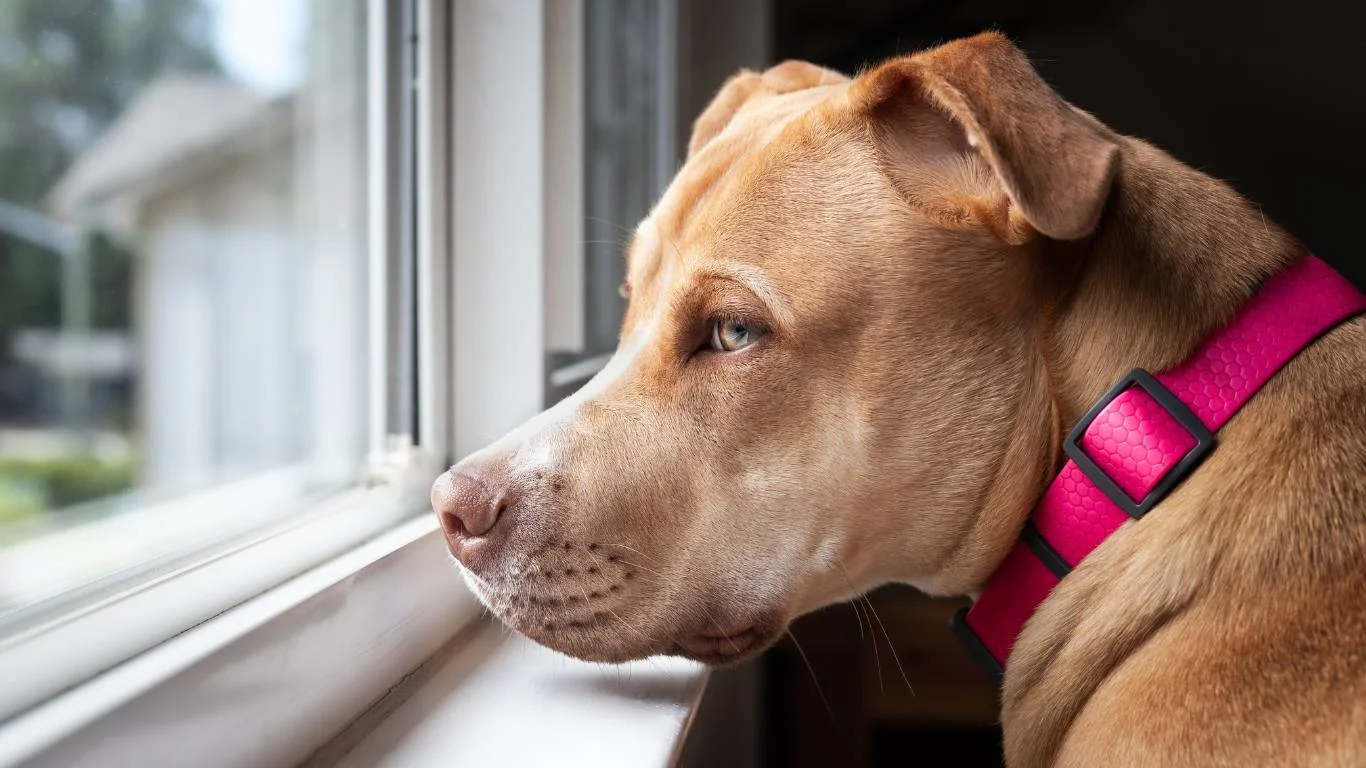
If you’ve noticed signs of dental disease in your dog, don’t panic. While it’s common, it’s also very treatable, especially when caught early. I’ve worked with countless dogs who came in with bad breath, inflamed gums, or even painful abscesses, but after a thorough cleaning and treatment plan, they bounced back to their happy, healthy selves. So, if your dog is showing symptoms, the most important thing is to get them to the vet as soon as possible.
Diagnosis and Treatment Options
When your vet diagnoses dental disease, they’ll assess the severity. If it’s caught early, treatment may just involve a professional cleaning and some minor home care like a daily tooth-brushing routine. However, in more advanced cases, your dog may need more extensive treatment, like tooth extractions or antibiotics to fight infection.
In cases where your dog has severe periodontal disease, they might require surgery to remove infected tissue or to treat bone loss. While this may sound scary, it’s important to know that these treatments can make a world of difference for your dog’s overall health and comfort. No one wants their dog to live with constant pain from an abscess or infected tooth.
Post-Treatment Care
Once your dog has had a dental cleaning or treatment, the hard part is over, but your job is not quite done. Your vet will likely give you instructions on how to care for your dog’s teeth moving forward. Most dogs will need to continue a dental routine at home to avoid future problems. This can include regular brushing, dental chews, or even a special diet designed to keep plaque and tartar at bay. It’s all about consistency!
One thing I always remind pet owners is that maintaining dental health is a lifelong commitment. Just like us, our dogs need ongoing care. And trust me, staying on top of it now will save you money, time, and stress in the long run.
Best Dog Food for Dental Health

We all know that what goes into your dog’s body plays a big role in their overall health, and that includes their teeth. You can’t rely solely on dental chews or brushing to protect your dog’s teeth—you’ve got to feed them the right food. Some dog foods are specifically formulated to help reduce plaque and tartar buildup. These foods contain special ingredients that help scrub your dog’s teeth as they chew, almost like a built-in toothbrush. If you’ve ever seen one of those kibble pieces that are designed to clean teeth, you know what I’m talking about!
When choosing the right food for your dog’s dental health, look for brands that offer dental-specific options or ask your vet for recommendations. While some dog foods are marketed for dental health, not all of them have proven results. Make sure you’re picking a food that has the proper texture and is formulated to improve your dog’s oral hygiene. Again, your vet can be a great resource for this!
Additional Tips for Maintaining Your Dog’s Oral Health
- Stay on top of regular vet visits: Routine dental checkups are a must, even if your dog’s teeth seem fine. Your vet will be able to spot any early signs of problems and prevent them from getting worse.
- Provide chew toys: Besides dental chews, other types of chew toys can help scrape away soft plaque before it hardens into tartar. Just make sure the toys are safe and suitable for your dog’s size and chewing habits.
- Consider a dental diet: Some pet food brands offer dental diets that help clean your dog’s teeth as they chew. These diets usually have special kibble shapes and ingredients that reduce plaque buildup.
- Use water additives: If your dog is particularly finicky about getting their teeth brushed, water additives may be an option. These are liquids you add to your dog’s water bowl that help fight bacteria and keep their teeth cleaner.
Remember, you don’t have to do everything all at once! Just take small steps toward better oral care. The more consistent you are, the better the results will be in the long run. And trust me, your dog will thank you for it!
When to Consult a Veterinarian About Your Dog’s Teeth
If you’re unsure whether your dog’s teeth are in need of attention, the best thing to do is reach out to your vet. They’ll be able to provide guidance and suggest the right course of action based on your dog’s specific needs. Never wait too long to consult a professional because, as I’ve seen firsthand, early intervention can make a world of difference in both treatment and cost.
And, if you’re wondering how often to schedule a dental cleaning, the answer will vary depending on your dog’s breed, age, and health. Some dogs may need cleanings every six months, while others may go a year or more between cleanings. Your vet will help you determine the best schedule.
References
Disclaimer
The information provided in this article is for general informational purposes only and is not intended to replace professional veterinary advice. Always consult with your veterinarian before making decisions related to your dog’s health. Every dog is unique, and your vet will be able to guide you on the best dental care plan for your pet’s specific needs.

